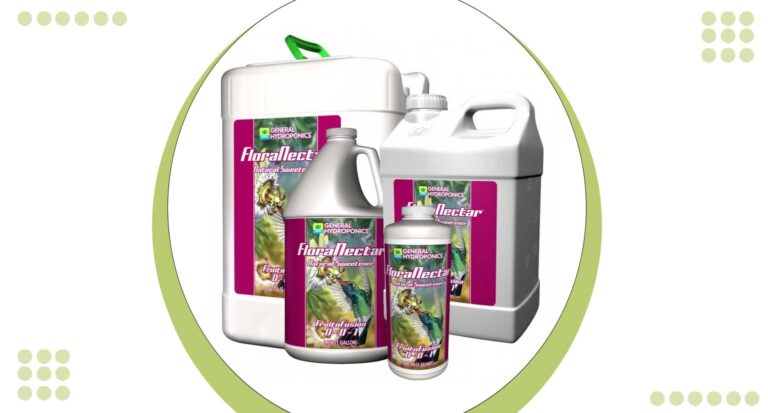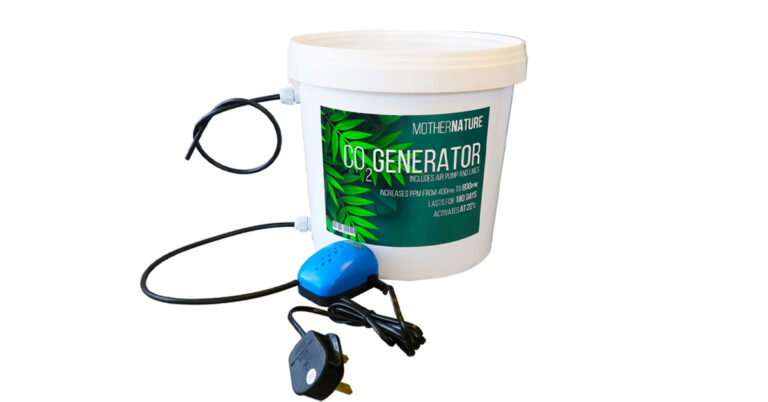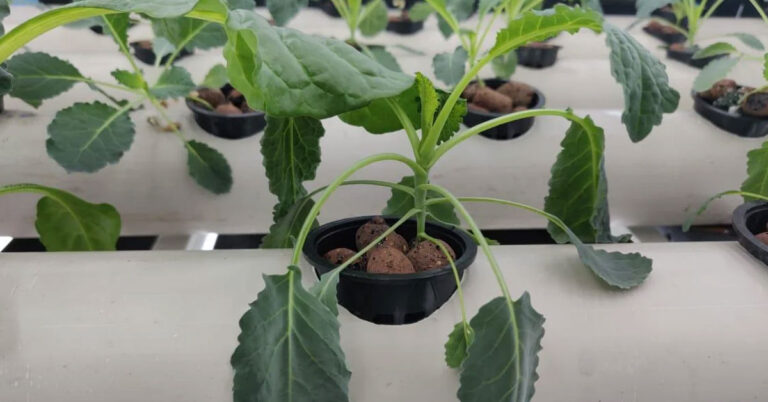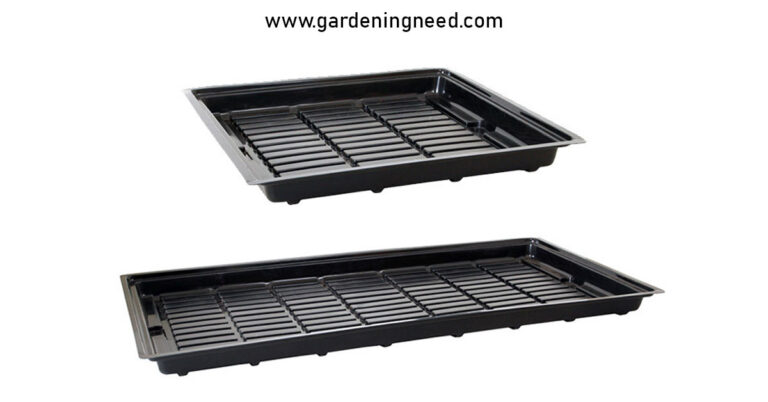Preventing Root Rot in Hydroponics
Root rot is a common and often devastating problem that can afflict plants grown in hydroponic systems. It’s caused by various fungi that attack the roots, leading to decay, reduced nutrient uptake, and ultimately the death of the plant if left untreated. In a hydroponic setup, where plants are grown in nutrient solutions rather than soil, root rot can spread quickly and become a serious concern for growers.
How does root rot affect hydroponic plants?
In hydroponic systems, root rot prevention is crucial, as the disease can have a profound impact on plant health. Infected roots become soft, brown, and mushy, losing their ability to absorb essential nutrients and water. This leads to stunted growth, yellowing leaves, and wilting.
The lack of soil in hydroponic systems can exacerbate the problem, as the fungi responsible for root rot can spread rapidly through the hydroponic nutrient solutions. Without prompt intervention, root rot can affect the entire hydroponic system, leading to significant losses in both plants and investment.
Understanding how to prevent root rot in hydroponics is essential for growers who want to ensure healthy plant growth and optimal yields. In the following sections, we will explore various methods and practices that are vital in hydroponic root rot prevention, including proper hydroponic plant care, water quality management, pH control, and appropriate drainage solutions.
Causes of Root Rot
Overwatering
Overwatering is a common cause of root rot in hydroponic systems. When plants receive too much water, the roots become oversaturated, creating an environment conducive to fungal growth. Understanding hydroponic plant care, particularly in terms of watering, is essential for preventing root rot in hydroponics. Monitoring and adjusting the water levels can make a significant difference in maintaining healthy roots.
Poor Drainage
Hydroponic drainage plays a crucial role in preventing root rot. Poor drainage can lead to waterlogged conditions, encouraging the development of harmful fungi. Effective drainage ensures that excess water and nutrients are removed from the system, allowing the roots to breathe and reducing the risk of root rot. Implementing proper drainage solutions can be an essential step in root rot prevention.
High Temperatures
High temperatures in a hydroponic environment can promote the growth of the fungi responsible for root rot. Warm conditions accelerate fungal reproduction, making it easier for root rot to spread throughout the system. Regulating temperatures and keeping them within the optimal range for plant growth is a vital aspect of hydroponic plant care that helps in preventing root rot.
Low Oxygen Levels
Oxygen is vital for healthy root growth, and low oxygen levels can lead to root rot in hydroponics. Without enough oxygen, the roots become weak and susceptible to fungal infections. Ensuring proper aeration and maintaining appropriate oxygen levels in the hydroponic nutrient solutions can help in preventing this problem.
Improper Nutrient Levels
Balanced hydroponic nutrient solutions are essential for preventing root rot. Improper or imbalanced nutrient levels can stress the plants, making them more vulnerable to diseases, including root rot. Regularly testing and adjusting the nutrient solutions to meet the plants’ needs can minimize the risk of root rot and contribute to overall hydroponic plant health. Understanding and managing these key factors can create a thriving environment for your hydroponic plants, free from the threat of root rot.
How to Prevent Root Rot
Water Your Plants Properly
Watering your plants appropriately is a fundamental step in preventing root rot in hydroponics. Avoid overwatering and ensure that the hydroponic water quality is maintained. Regularly check the moisture levels and adjust as needed to keep the roots healthy and free from fungal infections.
Ensure Proper Drainage
Effective hydroponic drainage is crucial for root rot prevention. Implement drainage solutions that remove excess water and nutrients from the system, allowing the roots to breathe. Proper drainage not only prevents over-saturation but also reduces the chances of fungi thriving in the system.
Keep Your System Clean and Sanitary
Hygiene plays a vital role in hydroponic root rot prevention. Regularly clean and sanitize the entire hydroponic system, including tanks, pipes, and growing mediums. This helps in eliminating any potential fungal spores that might cause root rot, ensuring a clean environment for your plants.
Monitor the Temperature and Oxygen Levels of Your Nutrient Solution
Maintaining optimal temperature and oxygen levels in your hydroponic nutrient solution is essential in how to prevent root rot in hydroponics. Implement measures to regulate temperature and provide sufficient aeration, which helps in maintaining healthy oxygen levels, keeping the roots strong, and minimizing the risk of fungal infections.
Use the Right Nutrients
Selecting the appropriate hydroponic nutrient solutions is key to healthy plant growth and root rot prevention. Regularly test and adjust nutrient levels to meet the specific needs of your plants. Balanced nutrients support robust growth and reduce the vulnerability of the plants to diseases, including root rot.
Control Pests and Diseases
Pest and disease control is an integral part of hydroponic plant care. Regularly inspect your plants and the system for any signs of pests or diseases, and take prompt action if any issues are detected. Utilizing proper pest and disease control measures not only helps in preventing root rot but also ensures overall plant health.
In conclusion, understanding the underlying causes of root rot and implementing the right strategies can go a long way in preventing this detrimental disease. From proper watering and drainage to maintaining clean, temperature-controlled environments with balanced nutrients, a focused approach to hydroponic plant care can lead to a thriving and productive hydroponic garden, free from the threat of root rot.
Troubleshooting
How to Identify Root Rot
Identifying root rot in its early stages is critical for effective treatment and recovery of the affected plants. Here’s how to recognize the symptoms:
1. Root Appearance: Healthy roots are typically white and firm. Infected roots become soft, mushy, and may turn brown or black.
2. Stunted Growth: Root rot can cause slow or stunted growth, as the roots cannot absorb nutrients and water properly.
3. Leaf Discoloration: Yellowing or wilting leaves may indicate root rot, as the infected roots fail to supply the necessary nutrients to the foliage.
4. Foul Smell: A bad odor coming from the hydroponic nutrient solutions or the roots themselves is often a sign of decay and fungal infection.
Early identification and understanding how to prevent root rot in hydroponics can save the plants and prevent the disease from spreading to other parts of the system.
How to Treat Root Rot
If root rot is detected in your hydroponic system, prompt treatment is necessary. Here are the key steps to combat the disease:
1. Remove Affected Plants: Isolate and remove the affected plants to prevent the disease from spreading to healthy ones.
2. Clean the System: Thoroughly clean and sanitize the entire hydroponic system, including all components that come in contact with the hydroponic water quality.
3. Adjust Nutrient Solutions: Check and adjust the hydroponic nutrient solutions to ensure proper pH control and nutrient balance.
4. Improve Aeration: Increase oxygen levels to support healthy root development and make the environment less hospitable to the fungi responsible for root rot.
5. Monitor and Maintain: Continue to monitor the plants and system regularly for any signs of recurrence, and maintain optimal growing conditions.
Tackling root rot requires a comprehensive approach that includes both prevention and effective treatment. By understanding the symptoms and implementing the right corrective measures, growers can overcome this challenge and ensure a thriving hydroponic garden. Whether you’re dealing with hydroponic plant diseases or focusing on hydroponic plant care, knowing how to identify and treat root rot can make a significant difference in the success of your hydroponic endeavors.
Conclusion
Preventing root rot in hydroponics is an essential aspect of maintaining a healthy and productive hydroponic system. From understanding the causes such as overwatering, poor drainage, and improper nutrient levels to implementing prevention strategies like proper watering, drainage, temperature control, and hygiene, growers have a wide array of tools to combat this pervasive problem.
But even with the best prevention methods, vigilance in monitoring for symptoms and knowing how to treat root rot promptly and effectively is crucial. The success of a hydroponic garden relies heavily on understanding the intricacies of hydroponic plant care, including the management of water quality, nutrient solutions, pH control, and overall system cleanliness.
The journey to a thriving hydroponic garden free from the threat of root rot is within reach. By embracing the principles and practices outlined in this guide, growers can foster a robust hydroponic environment where plants flourish, unhampered by the devastating effects of root rot. Whether a beginner or an experienced hydroponic gardener, these insights pave the way to a more bountiful and resilient garden, reflecting the mastery of hydroponic cultivation and care.
Related Articles:







